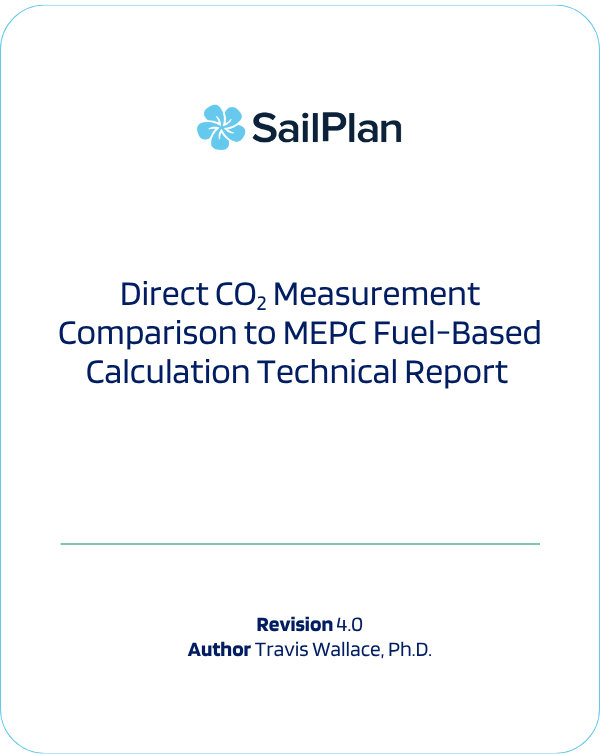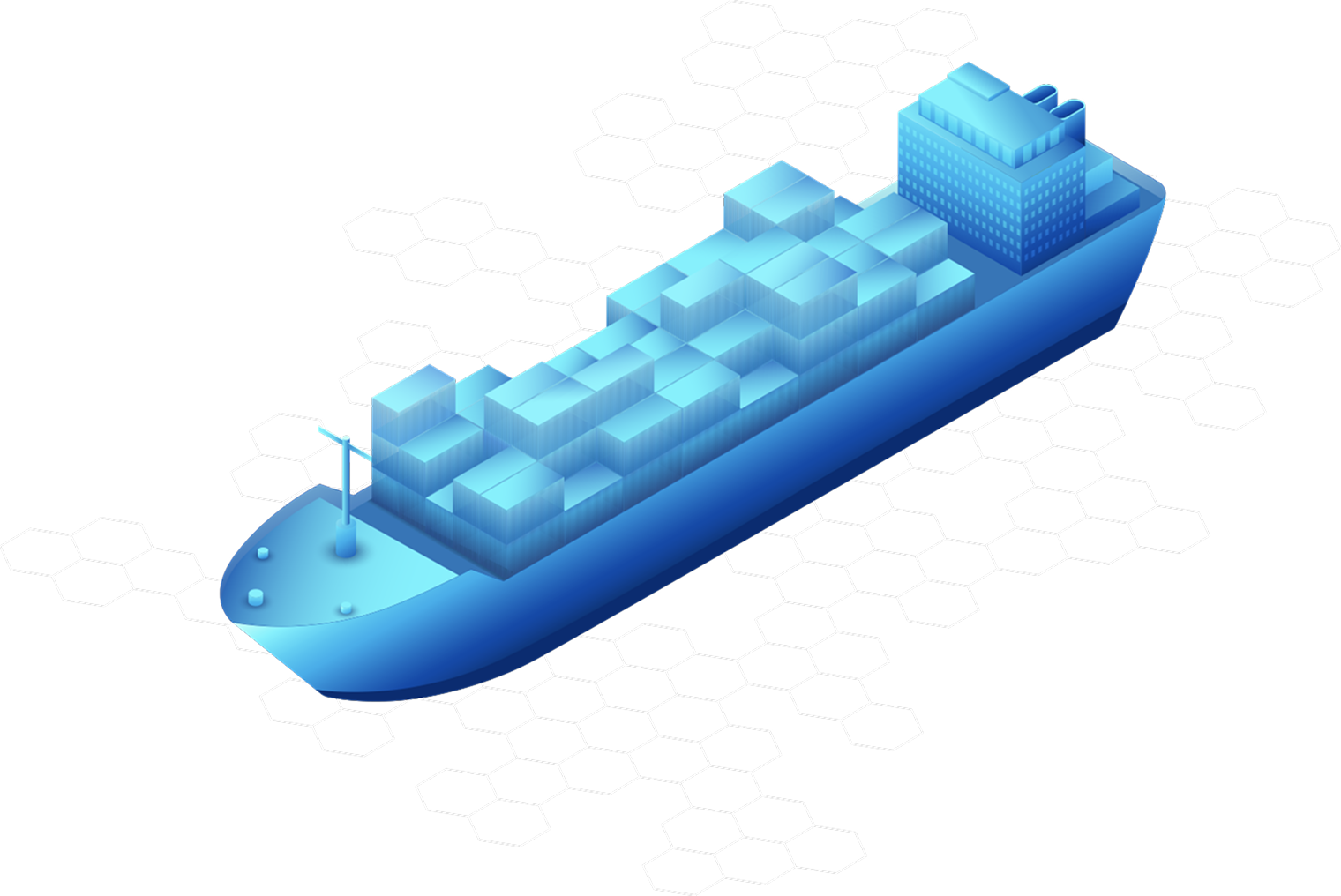MEASUREMENT
Measure what you emit.
Pay only what you owe.
Measure at the stack, reconcile to fuel on a carbon basis, and submit with confidence—no spreadsheets, no guesswork. Accepted by ABS and DNV. Verifier-ready outputs for IMO DCS, EU/UK MRV, FuelEU Maritime, and EU ETS—generated from what your vessels actually emit.
From the stack to submission

Read, then reconcile.

Submission, not spreadsheet

Fuel-agnostic by design

Fast to deploy, built to scale
Turn measurement into savings
Pay only what you owe
Right-size
carbon exposure
Align reported emissions with actual exhaust so ETS/tax outlay reflects reality—and capture eligible credits.
Time back
to your team
Automate reconciliations and submissions, no more spreadsheet marathons.
Financing
incentives
Measurement-based reporting strengthens ESG credibility and access to green financing and incentive programs.
Smarter capital
allocation
Fleet-level benchmarking highlights which routes, vessels, and retrofits deliver the biggest return.
Commercial
leverage
Bring measured evidence to charter-party claims, CII conversations, and customer portals.
Savings
calculator

Roughly how much fuel per ship does your fleet use in a year?
What share of your voyages take place in EU waters?
Savings per year:
$0 USD
TECHNICAL WHITEPAPER
Direct Emissions Measurement
Summary:
From stack sensors to verifier-ready submissions, this whitepaper documents SailPlan’s Direct Measurement pipeline end-to-end—species and flow acquisition (CO₂, THC/CH₄ where fitted), O₂/moisture normalization, reconciliation on a carbon mass balance to fuel and load, QA/QC and uncertainty, and export packaging for IMO DCS, EU/UK MRV, FuelEU Maritime, and EU ETS. It also details reference architectures (edge -cloud), security controls, deployment patterns with/without existing CEMS, and how the methodology is accepted by ABS and DNV.

Explore opportunities to improve your fleet

